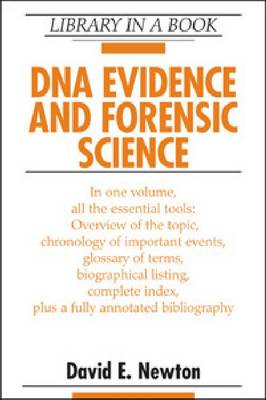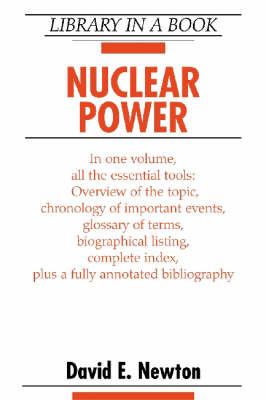Library in a Book
2 total works
In recent years, new forensic methods have revolutionized crime scene investigations so that a single piece of evidence can often determine an individual's guilt or innocence. Tests involving fingerprinting, polygraphs, ballistics, toxicology, voice analysis, DNA typing, and other techniques can be combined or used independently to provide information about a crime. While some procedures produce results that are highly valid and reliable, others yield conclusions that may be uncertain or legally useless. ""DNA Evidence and Forensic Science"" explores the history of this fascinating topic and the opinions surrounding it, from the early use of fingerprinting to identify civil servants to the latest advances in DNA typing in criminal investigations. Documents such as the Employee Polygraph Protection Act of 1988 and contemporary case studies such as Daubert v. Merrell Dow Pharmaceuticals provide multiple perspectives and decisions surrounding this important issue. This invaluable volume features a comprehensive and up-to-date overview essay, capsule biographies, a large annotated bibliography, a chronology of significant events, organization and agency listings, and a glossary to help readers explore the controversy surrounding the issue of DNA evidence and forensic science. Coverage includes: the type of forensic evidence that should be permitted during legal proceedings; whether or not law enforcement should collect DNA samples from suspects during criminal investigations; and, whether or not the federal government should create a national ballistics database and more.
Nuclear Power outlines the history of nuclear power production in the United States and the issues that arise from the use of nuclear power in the production of energy. Providing solid, valuable information, it traces this issue from the past to the present. A fully loaded one-volume reference, this book is ideal for anyone interested in nuclear power, including policy-makers, administrators, attorneys, and advocacy groups, as well as teachers, students, parents, and the general public.

